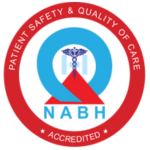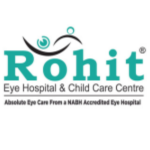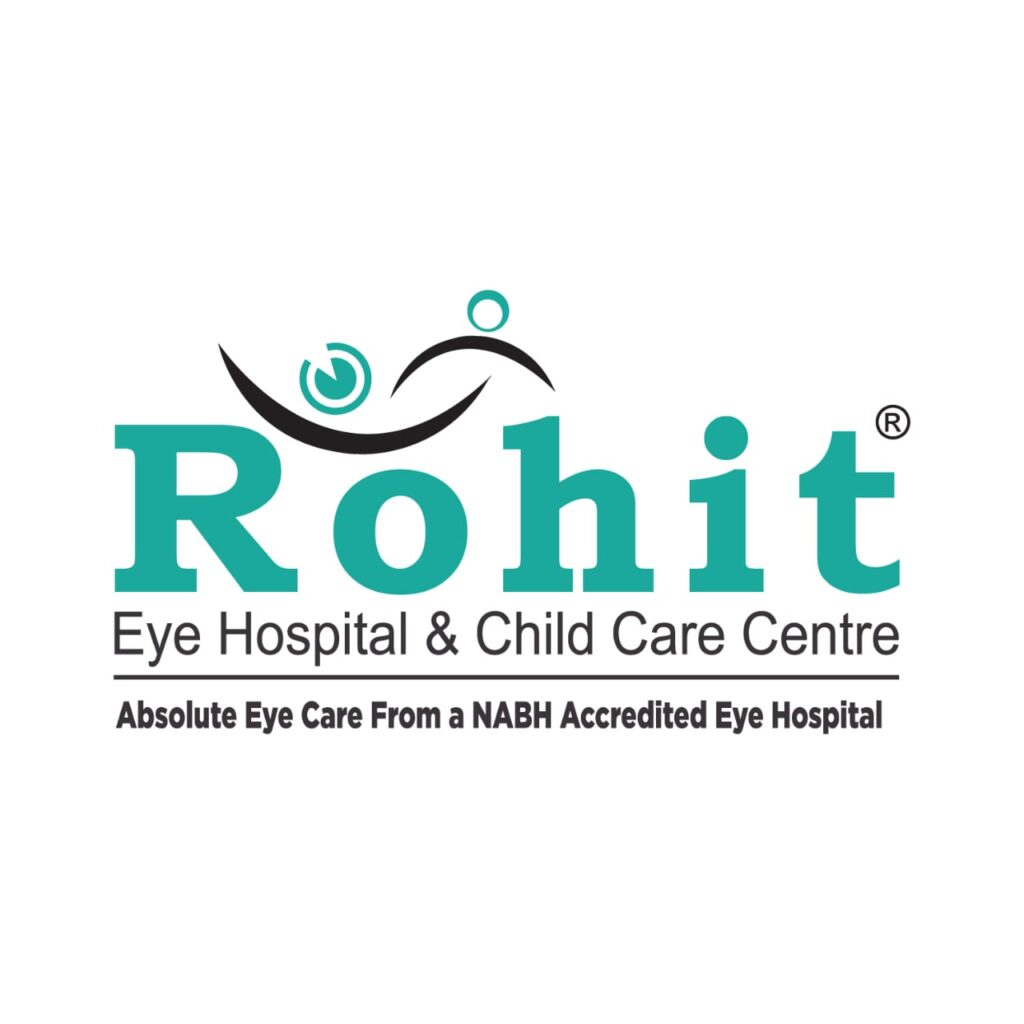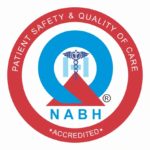Myopia, otherwise known as nearsightedness, is along with presbyopia one of the most common visual problems across all age spectrums. Myopia or “short-sighted vision” occurs when distant objects are blurry, while close objects are unaffected. Myopia can magnify due to increased digital devices usage or prolonged near-demand activities. Understanding the scientific basis of myopia is essential for prevention, early detection, and management.
What is Myopia?
Myopia is a refractive error in which the eye projects light rays in front of the retina — instead of directly on — which usually occurs because the eyeball or eye was mal-shaped to be slightly elongated or the cornea has too much curvature. Because of the structural differences of the eyeball or eye, distant objects will not be clear, while one’s near vision remains intact. To put it simply, the eye’s natural mechanism of focusing cannot project onto the retina and subsequently the details of far-away objects cannot be see clearly.
Myopia Signs/Symptoms:
People with myopia often squint or strain to see distant objects. Headaches, frequent ocular fatigue, and difficulties to read road signs or watch a movie from distance are common. Early diagnosis will facilitate education and prevention measures, especially with children and young adults, so that treatment options in form of visual correction can be implemented to avoid progressive myopia states.
Causative Factors of Myopia in the Eye
Genetic Factors
Myopia does seem to have a strong genetic influence, as children whose parents have myopia are at greater risk of developing it. Many genes are involved in the size of the eyeball and the curvature of your cornea, which would indicate a tendency to be nearsighted.
Environmental Factors
Genetics can affect your eye health, however, environmental factors and lifestyle might be equally important. Excessive screen time, excessive reading and too much near work can trigger the onset of myopia as well as its progression. Natural daylight and regular breaks from near work have reduced the likelihood of children becoming worse or more nearsighted.
Structure of the Eye
Myopia in the eye is a condition related to structure: whether the eyeball is too long or the cornea is too curved. In both cases, light rays focus in front of the retina, thereby affecting eyesight. In some cases, the lens of the eye can also be a factor causing this focusing error, which is why an eye specialist should be consulted to correctly determine the source of the myopia.
Types of Myopia
Simple Myopia
This is the most common type of myopia and usually develops in childhood (age 5-12). Simple myopia is mild to moderate and can easily be managed with spectacles, contact lenses, or refractive surgery.
High Myopia
High myopia is referred to as a severe type of myopia, in which the eyeball elongates to an even greater extent than standard myopia. High myopia is associated with a number of eye health issues including retinal detachment, glaucoma, and other complications. High myopia risks can be minimized with early detection and continuous monitoring to catch long-term damage before it occurs.
Pathological Myopia
Pathological myopia is a progressive vision issue that can damage the retina and cause structural changes to other ocular tissues. Pathological myopia, unlike simple myopia, usually requires advanced treatment and monitoring for complications. People with pathological myopia usually and regularly should have an eye exam to detect damage early on so it can be correctly managed.
How Myopia Is Diagnosed
Comma Prehensive Eye Examination
To diagnose myopia and measure its extent, a complete eye examination is required. During the eye examination, the ophthalmologist will use a retinoscope or an autorefractor to determine the level of refractive error. The extent of refractive error can be measured accurately to ensure patient-specific corrective lenses or a surgical plan can be devised.
Additional Tests
If patients are diagnosed with high or progressive myopia, there may be additional diagnostic tests recommended, which include measurements of corneal thickness, retinal imaging, and axial length of the eye. All of these tests are solely conducted to assist the physician in determining if there are structural changes that can drive their treatment options.
Treatment and Management of Myopia
Corrective Lenses
Glasses and contact lenses are the most common and non-invasive means to correct myopia in the eye. They help to compensate for the focusing error by bending, or redirecting light into the eye to ensure it falls on the retina properly. For children, specialty contact lenses might also help reduce the rate of myopia progression.
Refractive Surgery
Adults with myopia who desire a permanent fix may look to surgical methods such as LASIK or PRK, which alter the corneal shape with the goal of correcting a person’s myopia. If an adult proceeds with surgery, they can expect to see a significant improvement in their vision and reduced dependence on corrective lenses, glasses, or contacts. Advances in modern techniques for refractive surgery have made the processes safe, effective, and fast.
Myopia Control Strategies
There have been recent advancements in the prevention of myopia, particularly for children. These options include: orthokeratology (corneal reshaping lenses worn overnight), low-dose atropine eye drops, and lifestyle modifications such as time outside, and reduced near work. Although there will be no cure for myopia, early intervention can significantly lower the chances of being high myopic in life.
Preventive Measures
Healthy Visual Habits
Promoting regular rest breaks for screen time, appropriate lighting when reading, and minimizing excessive near work are some common-sense approaches to preventing and worsening myopia. Using the “20-20-20 rule” (looking at something 20 feet away for 20 seconds, every 20 minutes) can allow for some rest for the eye muscles and reduce strain on the eyes.
Outdoor Time
Research has suggested that spending at least 2–3 hours a day outdoors during childhood will greatly diminish the odds of developing myopia. Sunlight stimulates development of dopamine production in the retina which will slow eye elongation and help for proper focusing.
Regular Eye Exams
Regular eye exams are essential for all children, and are critical to detect early symptoms of myopia. Timely interventions will allow for corrective solutions and precautionary measures to treat or halt further symptoms or progression.
Conclusion
Myopia in the eye is a prevalent yet manageable vision issue. Understanding its causes and types and management options, is key to maintaining healthy eyesight. Whether this is through corrective lenses, refractive surgery, or lifestyle changes there are many options to treat myopia with great success.
At Rohit Eye Hospital & Child Care Centre, our exceptional team of ophthalmologists provide ongoing care for patients with myopia. Through advanced diagnostic technology and individual treatment plans, we offer our patients the opportunity to gain clear vision while also managing the progression of myopia. If you or your child has experienced any signs of nearsightedness, booking your consultation with our team and getting advice from our specialists will help you maintain a healthy eye in order to ensure comfort with their vision for the last years.



